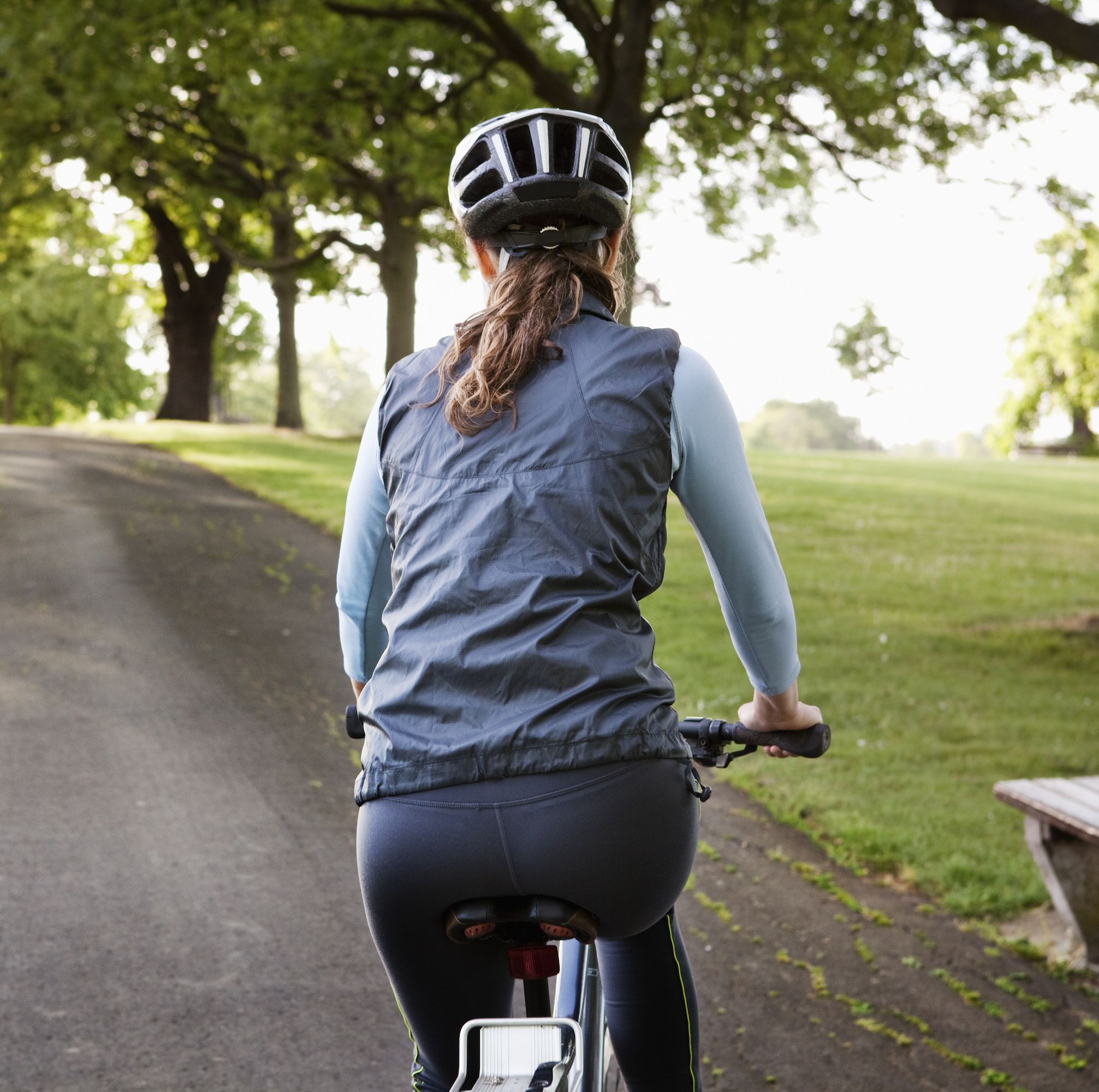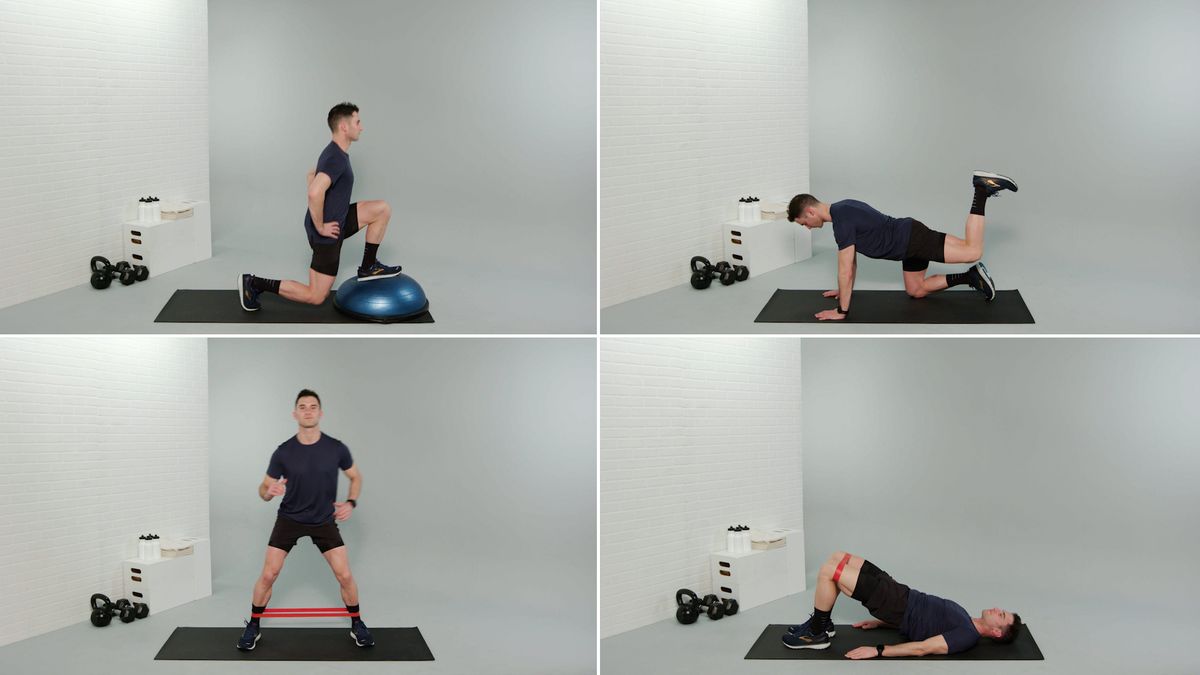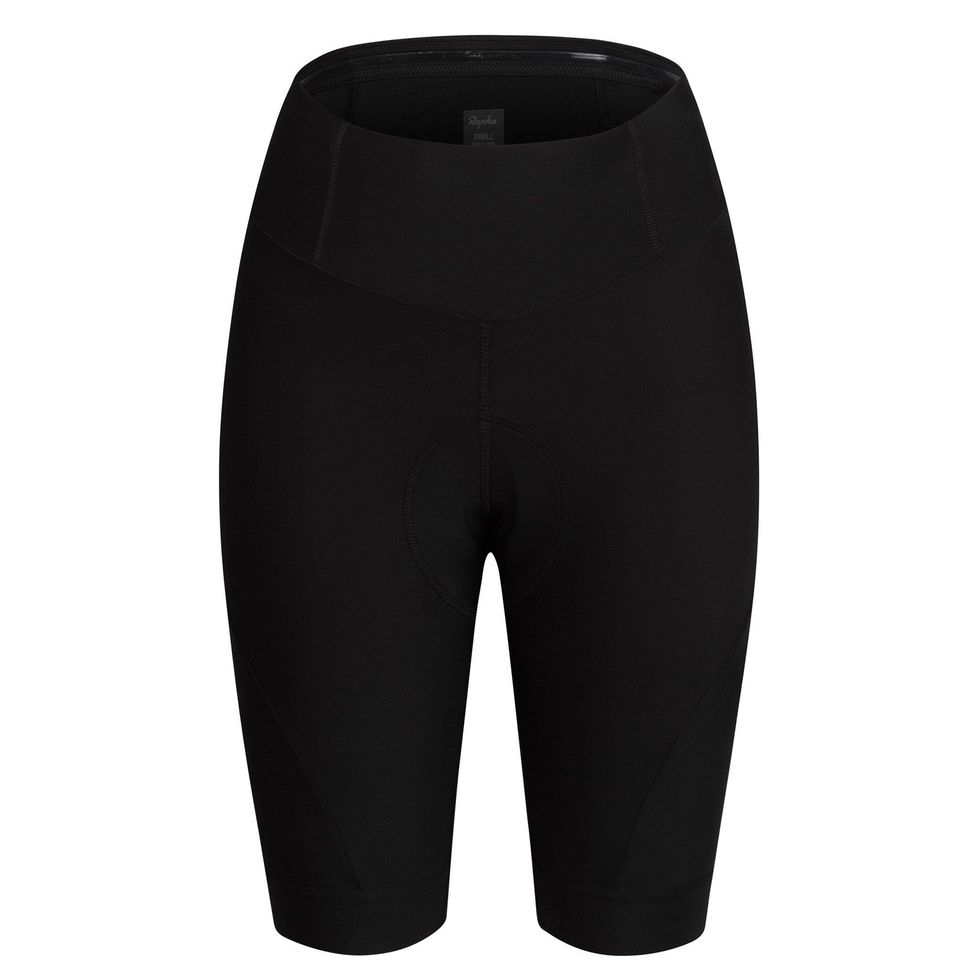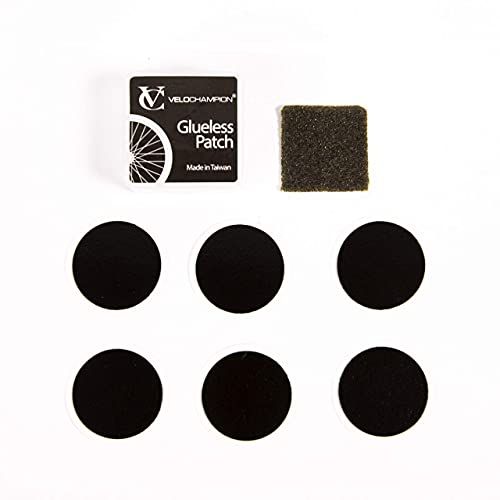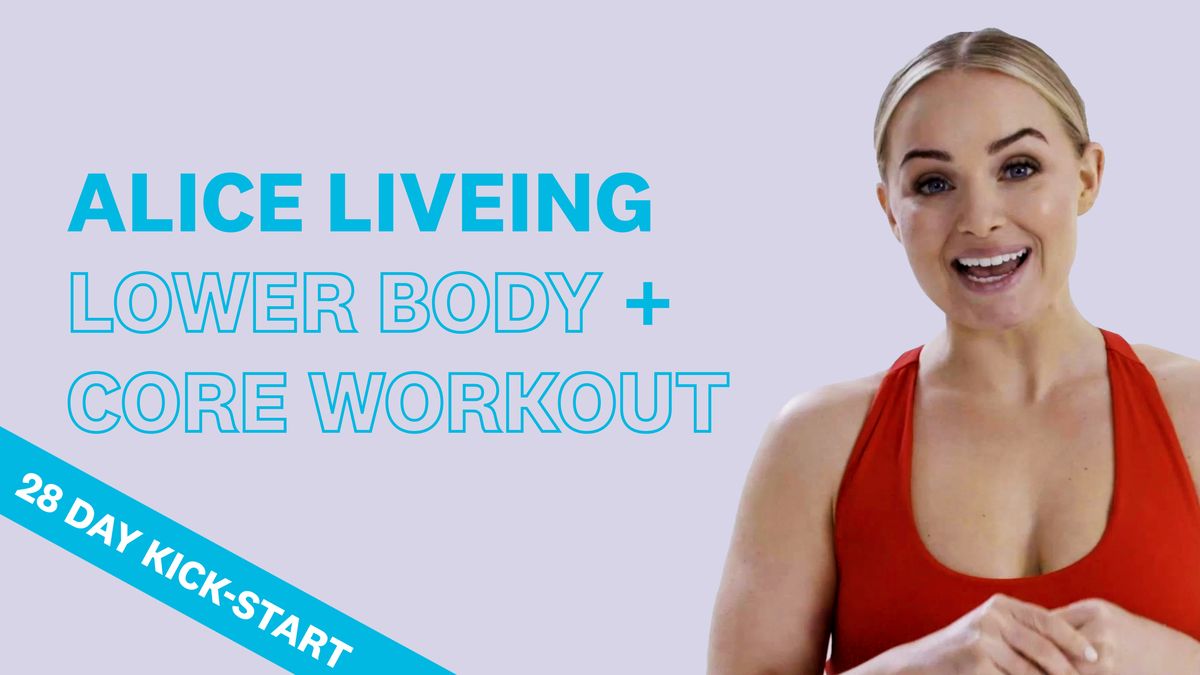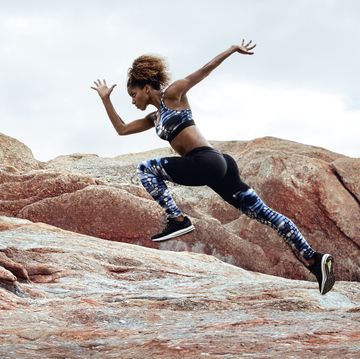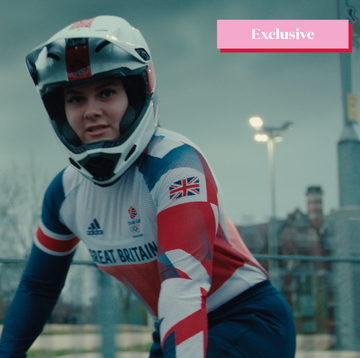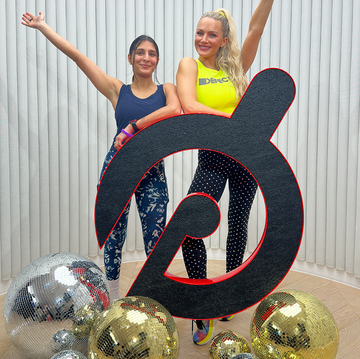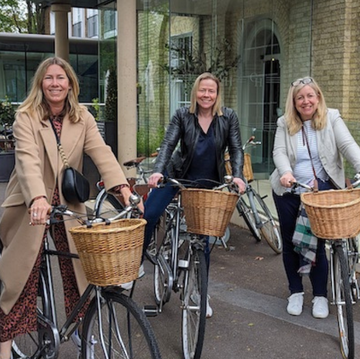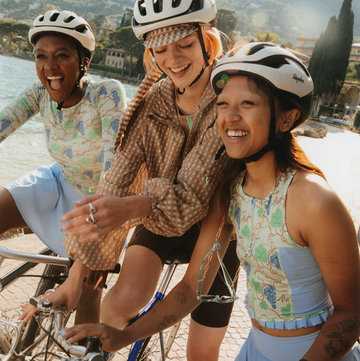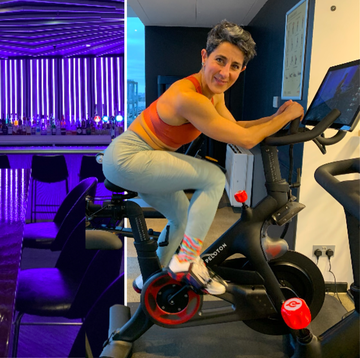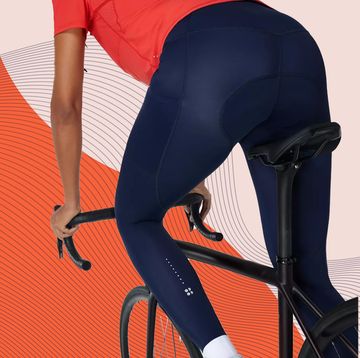The best cycling tips for beginners are the ones that get you going safely and sustainably, not the ones that recommend you spend £££ on hundreds of add-ons you probably don't need. (Looking at you, mini-BBQ with handlebar attachment...)
To get you off on the right foot, we consulted the experts on the best cycling tips for beginners. From how far to go to what to wear and how to fuel yourself, their advice is practical and actionable – everything we love to see at WH. Not yet invested in a bike? Check out our edit of the best electric bikes.
Scroll on for everything they want you to know before you set off.
1. Do your research
This isn't a school test you cram for the night before. This is your new hobby and it'll need a little research to keep you in it for the long term. Do some internet sleuthing to find the kit to keep you trucking on when the road/trail/hill gets tough.
'Researching and investing appropriately in the right kit will help you enjoy cycling so much more than going straight to the bargain bucket,' says Thomas Flynn, an expert at Pro Bike Kit. 'While we don't recommend spending an excessive amount on kit when you're just starting out, we also don't recommend not spending anything either.'
Bike lights, a good bike helmet and cycling shorts should be pretty high up your list.
2. Invest in a good saddle
There's not much to be said about a sore bum except ouch. To mitigate the number of glute stretches you'll need to do afterwards, don't skimp on a comfortable saddle.
'Whether it be for a hobby or commuting to work, bikes can get expensive. Invest in a bike that provides comfort with a good saddle,' says Flynn.
3. Start shorter
'It's easy to get carried away with big challenges when you first start cycling, but it's better to start small. I'd recommend all beginners start by regularly riding shorter distances on cycle paths and in low traffic areas. Then, as your fitness builds and your confidence grows, you can begin to venture further afield,' says Flynn.
Tortoises not hares, please.
4. Opt for low-traffic areas
You wouldn't dive into the deep end of the pool as a swimming beginner, so don't aim for mega busy roads as a beginner cyclist, either.
'Confidence is key especially if you’re out on the open road,' says Flynn. 'First things first, take it step-by-step and build up gradually.
'If you’re nervous about cycling on the road, find a quieter time to cycle or a quiet road with less traffic. Practice cycling to your local supermarket or plan short day trips with family and friends. Focus on what is in front of you, the more you think about what/who’s behind you the more anxious you will become. Being confident will help you enjoy your cycling more.'
'The more in control you feel of the bike, the more you can concentrate on decision making rather than bike handling,' advises Emily Young, competitive triathlete and brand ambassador for specialist cycling insurer, Bikmo. 'I would always encourage opting for the quieter roads until you feel more comfortable with your bike.'
5. Make yourself feel "big" on the road
Whether you're confident on the road or still building up, being aware of your right to be there and how best to keep yourself safe is crucial.
'Contrary to what many people think, the highway code actually recommends riding "two abreast" on narrow roads, and slightly out from the curb (to avoid riding in the gutter). I always say “make yourself big’ and feel confident in your position on the road to ensure that you are seen by passing cars,' says Young.
6. Tack on the essentials
A water bottle is essential for most workouts and cycling is no different. In fact, you'll potentially need to hydrate more frequently due to longer durations and distances.
'If you’re going for a ride longer than an hour I'd recommend bringing energy bars and a bottle of water to keep hydrated,' says Flynn. More on snacks next, for now, remember your bottle.
7. Eat little and often
'Fuelling up a few hours before cycling is a must to ensure you have enough energy for your ride,' says Flynn, advising that you take a few slow-release energy snacks with you too. On top of that, he says to make sure you always eat something within an hour of returning home from your ride.
Young advises the same approach: eat before, during and after your session.
'The most common mistake a newbie cyclist makes is to under-fuel during a ride and "bonk" (run out of energy) before the finish. It’s a good idea to eat little and often throughout the ride, even if you're not hungry,' she says.
Young likes to make her own energy bars but anything that has a steady release of energy works well too: peanut butter and jelly sandwiches, for example.
8. Good cycling shorts are a must
Your tush is one of the areas you're going to feel most after getting into cycling. Protect it as best you can with comfy, well-fitting, purpose-built activewear.
'A good pair of cycling shorts that fit properly and have a high-quality chamois* pad are essentials,' advises Flynn. 'Both these items will provide invaluable support and massively improve comfort on long and short rides.'
*A chamois, also known as a pad, is the padded material in the seat of a pair of cycling shorts that keeps chafing and pain at bay while you cycle.
9. Bike helmets and bike lights are mega important
Yes, bike helmets aren't a legal requirement but that doesn't mean they're not a bloody good idea. In fact, they can help mentally as well as physically, giving you more peace of mind and a greater level of confidence. A helmet camera might also be a good idea.
'Invest in a helmet camera for peace of mind should you encounter any collisions. They are compact and most cameras are waterproof so you don’t need to worry about water damage,' explains Flynn.
'Investing in a good pair of bike lights is another non-negotiable. You never know when plans or the weather may change. Don’t get caught out,' says Young.
10. Check the conditions
It's not only birthdays and BBQs you should be checking the weather for – it's important you know what to expect (within reason) before you set off on two wheels, too.
'Before you go cycling you should plan your route and also check out the weather. The rougher the surface the harder it will be and of course, the wind and rain will have a significant impact on your cycling,' warns Flynn.
11. Aim for consistency
It works for the experts, it works for the amateurs and it'll sure as hell work for you: consistency. The bread and butter to seeing fitness and stamina gains, getting out regularly will have you progressing faster than sporadic gruelling sessions.
'Slowly build up your stamina by cycling every day for up to 20 minutes,' says Pro Bike Kit's Flynn. 'Challenge yourself by cycling uphill, or increasing the length of your daily cycling... The key is to be consistent with your training.' Preach.
12. Waterproofs are a good idea
We live in a country with notoriously sometimes-ish weather. Get ahead of the elements with gear designed (for lack of a better phrase) to weather it. Young recommends a good waterproof cycling jacket as a place to start. There's not much worse than being wet and cold, miles from home. Trust us.
13. Be prepared for punctures
At some point, you're going to get a puncture. It might not be today or tomorrow but it will happen. The upside is that with a little preparation, a puncture isn't the end of the world.
'You may also want to consider buying a puncture repair kit and pump. It doesn’t happen often but fixing a flat tyre on the side of the road is much easier than you may think. It also makes ensures that you and your bike always make it home,' says Young.
14. Double check sizes
'Where possible, try things on,' advises Young. 'The sizing in cycling brands can be very different to what you are used to buying for your casual wear, and often varies slightly from brand to brand.'
15. Get your pre-ride check done
The same way you wouldn't start driving without checking your wing mirrors, you shouldn't set off without doing a quick pre-cycle tire MOT.'Before embarking on your bike ride, check your tyres for punctures and make sure they are pumped to the right pressure,' Flynn says. It could save you a chilly wait by the road for rescue.
Not sure what the 'right pressure' is? Pump up anything softer than a firm orange.
16. Lean into the community
'Plenty of people are really intimidated by the fancy bikes and lycra and worry they need to be super speedy to go out and join people for group rides,' says Young. 'In reality, it’s a really inclusive community filled with people willing to help. To let you into a secret, most of my rides are focused around the social cafe stops!'
A post-ride flat white you say – well, that sounds just up our street.
17. Increase your distance by 10% per week
With consistency being the name of the improvement game, challenging yourself within reason is part of getting fitter and stronger too. Young recommends building up your mileage slowly, to reduce the risk of injury – aiming for an increase in distance of no more than 10% per week.
So, if you cycled 5k this week, try to go up to but not over 5.5k next.
18. Don't skip your strength training sessions
We bleat on about it at WH but that's because resistance training and strength training are so beneficial, no matter what sport you prefer. Besides building new muscle tissue, you can also improve your muscular endurance and strength – key parts of progressing as a beginner cyclist.
'I'm a big advocate of strength training to help improve efficiency, bike power and stamina on a bike. It can also help reduce the risk of injury,' explains Young.
19. Indoor training has its place in your routine, too
Can't or won't get outside for a ride today? No stress. Thanks to the wonders of home gym equipment you can cycle from the comfort of your own living room.
'Indoor training on a turbo trainer or spin bike is also a really effective tool to implement some interval sessions or add some structure into the workouts. This will help improve your overall stamina when you are out on a longer ride,' says Young.
20. Don't forget to stretch
We're all guilty of it but stretching is a non-negosh for helping your muscles repair and recover post-exercise. Not only that but you might be able to mitigate how sore you feel the next day and the day after.
21. Have fun!
A new hobby is something to be celebrated. So, don't get too bogged down with distances or speeds, to begin with. Work up slowly, keep that fun factor and remember how brilliant it is to be improving at something you love doing.
Cut through the noise and get practical, expert advice, home workouts, easy nutrition and more direct to your inbox. Sign up to the WOMEN'S HEALTH NEWSLETTER
